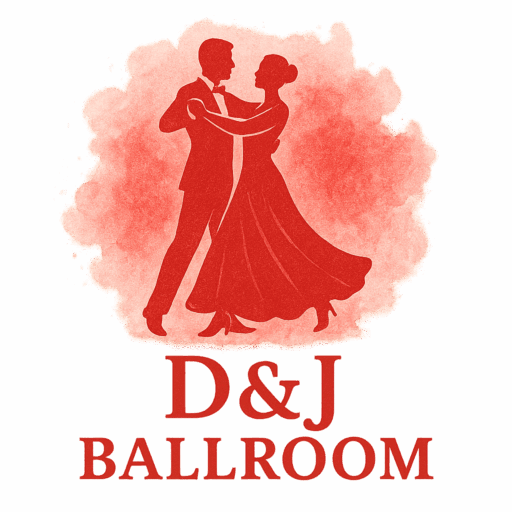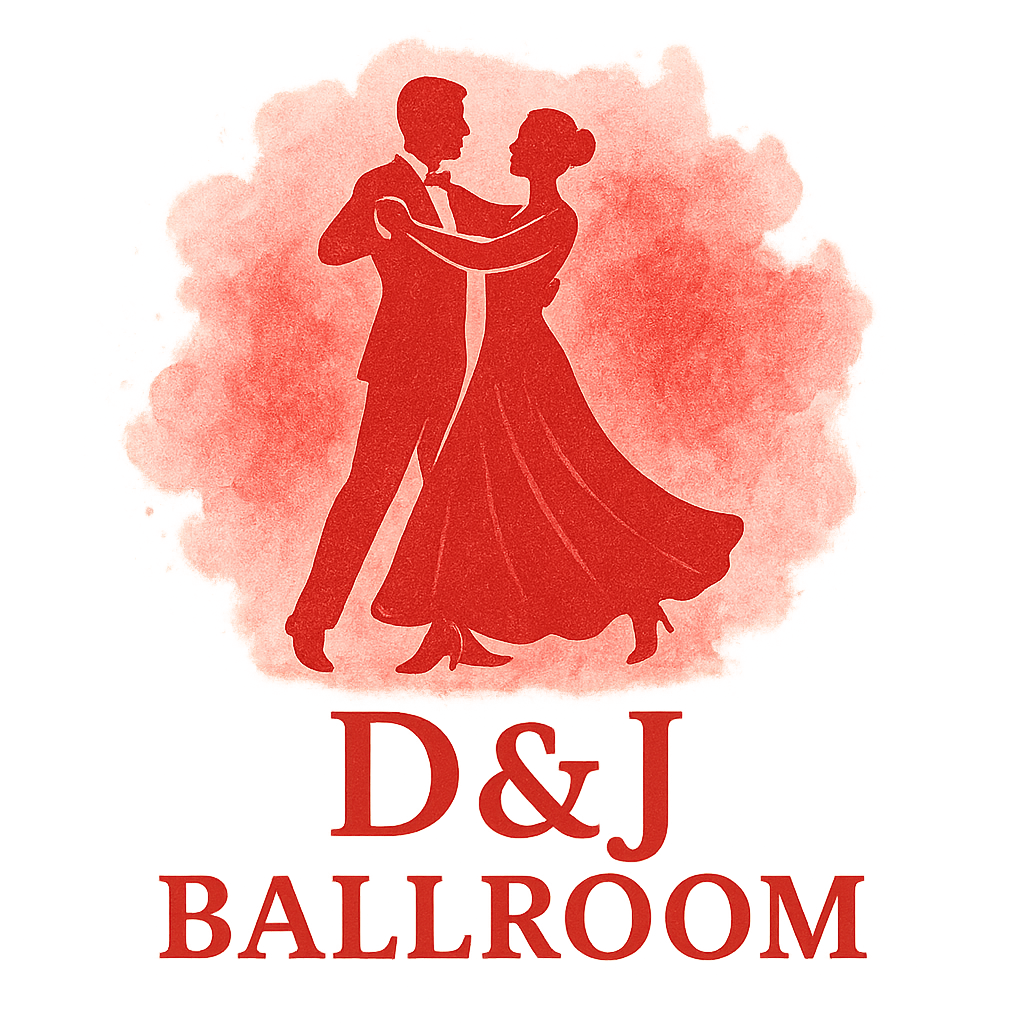Introduction to 19th Century Ballroom Culture
Step into a world where every curtsey spoke volumes, every waltz was a calculated move, and fashion wasn’t just flair—it was social armor. The 19th-century ballroom wasn’t merely a dance floor; it was a battlefield of etiquette, romance, ambition, and reputation. Want to survive (and thrive) in one of these dazzling events? Then you had to play by the rules—especially these five.
Welcome to a dive into the captivating world of 19th-century ballroom culture. Buckle up, or rather, button up your corset!
The Grand Social Stage: Why Ballroom Events Mattered
A Snapshot of 19th Century Society
Ballroom events were the ultimate social scene. Think of them as the Met Gala of the 1800s—everyone who was anyone made sure to be seen. These grand affairs acted like a mix of speed-dating, fashion week, and LinkedIn networking all rolled into one.
Want to learn more about the culture behind the twirls? Check out this deep dive on ballroom history and culture.
The Role of Ballroom Events in Social Climbing
Ballroom events were often where marriages were made, fortunes were flaunted, and reputations were built or broken. Every glance, step, and conversation could mean the difference between rising in the ranks—or social ruin.
Rule #1: Mind the Dance Card
What Was a Dance Card?
Ah, the legendary dance card. A literal menu of moves, this little notebook listed each dance of the night—and who you were dancing it with. Women guarded them like treasure, and men treated them as golden tickets.
Dance Cards as Social Contracts
Turning someone down or scratching their name off your card? Scandalous! The dance card reflected your social strategy. Balancing family-approved matches with a sprinkle of flirtation was an art form.
Explore more fascinating ballroom techniques and training to understand how structured these events really were.
Rule #2: The Art of the Proper Introduction
No Introduction, No Dance
You couldn’t just saunter up to someone and ask for a spin. Nope. You needed an official introduction—usually via a mutual friend or chaperone. This kept things proper, polished, and painfully slow.
The Chaperone’s Power
Chaperones weren’t just watchdogs—they were the gatekeepers of social engagement. If a chaperone didn’t approve? Tough luck, Romeo. Your dance dreams were dashed.
Explore the variety of social interactions behind ballroom events and competitions for more insights into how events were orchestrated.
Rule #3: Dress to Impress—And Follow the Code
Strict Dress Codes
No casual looks here. Ballroom fashion was a symbol of class and taste. Ladies wore gloves, gowns, and jewels. Gentlemen were suited to perfection with cravats and polished boots.
Want to dive into the dazzling details of 19th-century dance fashion? Browse the ballroom attire and fashion guide.
The Language of Fashion
Colors had meaning. Fabric quality spoke volumes. Even accessories were part of a visual vocabulary. A fan wasn’t just for fluttering—it was practically Morse code for flirting.
Stay ahead in style by following modern ballroom fashion tags and wardrobe etiquette.

Rule #4: Choose Your Partner Wisely
Reputation Was Everything
One dance with the wrong person? It could send tongues wagging for weeks. Your partner’s reputation rubbed off on you, like it or not. Families watched closely. Gossip flew faster than any footwork.
Subtext in a Single Waltz
Waltzes were intimate—often danced in close hold. This wasn’t just fun—it was practically flirting in 3/4 time. That’s why the waltz sparked controversy when it first came out!
Want more on how different dance styles shaped these social rituals? Visit ballroom dance styles and dive into elegant chaos.
Rule #5: Etiquette Over Everything
Bowing, Curtseying, and Courting
Before the first step, a bow. After the last note, a curtsey. These weren’t just polite—they were essential. Dance was as much about grace as it was about rules.
Social Faux Pas to Avoid
Talk too much? Step on a toe? Laugh too loudly? Any of these could land you in the social penalty box. Remember: elegance was everything.
Check out the training tag to learn how dancers today still carry those refined traditions forward.
The Role of Dance Styles in Social Structure
Waltz: The Intimate Scandal
The waltz scandalized early 19th-century society. Why? Close contact. Spinning. Eye contact! For a world used to distance, it was downright risqué. But its popularity surged.
Want to feel the drama? Explore more on the waltz tag.
Tango: A Later Rebellion
Though Tango became more prominent toward the end of the 19th century and beyond, it followed in the rebellious footsteps of the waltz. Passionate, bold, and dramatic—Tango broke boundaries.
Dive into Tango’s rebellious rhythm via the tango tag.
Legacy of These Social Rules Today
Modern Ballroom vs Historical Expectations
While today’s ballroom scene is more relaxed, echoes of the past remain. We still dress up, follow etiquette, and appreciate the subtle social signals within each dance.
What We’ve Kept and What We’ve Left Behind
We’ve dropped the strict chaperoning (thankfully) but kept the elegance and grace. The ballroom is still a place where art, connection, and beauty meet.
For more historical comparisons, don’t miss the evolving ballroom culture tags and history tag.
Conclusion
Ballroom events in the 19th century weren’t just about dancing—they were high-stakes social performances. From managing your dance card like a pro to navigating etiquette minefields, these rules shaped lives, loves, and legacies. They remind us how much weight a single spin on the dance floor could carry.
And while the corsets may be gone, the elegance and drama of ballroom dancing still live on. So whether you’re preparing for your first competition or just curious about history, remember—every step tells a story.
Feel the rhythm of the past and present by stepping into today’s world of dance at D & J Ballroom.
FAQs
1. What was the purpose of a dance card in 19th-century ballroom events?
A dance card helped women keep track of who they’d promised each dance to. It was a practical and social tool that reflected status and planning.
2. Why were introductions so important before dancing?
Introductions ensured proper etiquette and prevented scandal. You couldn’t just dance with a stranger—it had to be formally arranged.
3. What did ballroom fashion say about a person?
A lot! Clothing reflected your class, wealth, personality, and attention to social rules. Every piece had meaning.
4. Was the waltz really considered scandalous?
Yes! Its close hold and turning motions shocked early 19th-century society, making it controversial yet incredibly popular.
5. What would happen if someone broke ballroom etiquette?
They could be gossiped about, shunned socially, or lose marriage prospects. Ballroom events were as much about perception as participation.
6. Are modern ballroom events still strict about etiquette?
To some extent, yes. While more relaxed, modern ballroom still values grace, attire, and proper social behavior.
7. Where can I learn more about ballroom dance history and training?
You can explore ballroom history and culture and ballroom techniques and training on D & J Ballroom’s official site.


